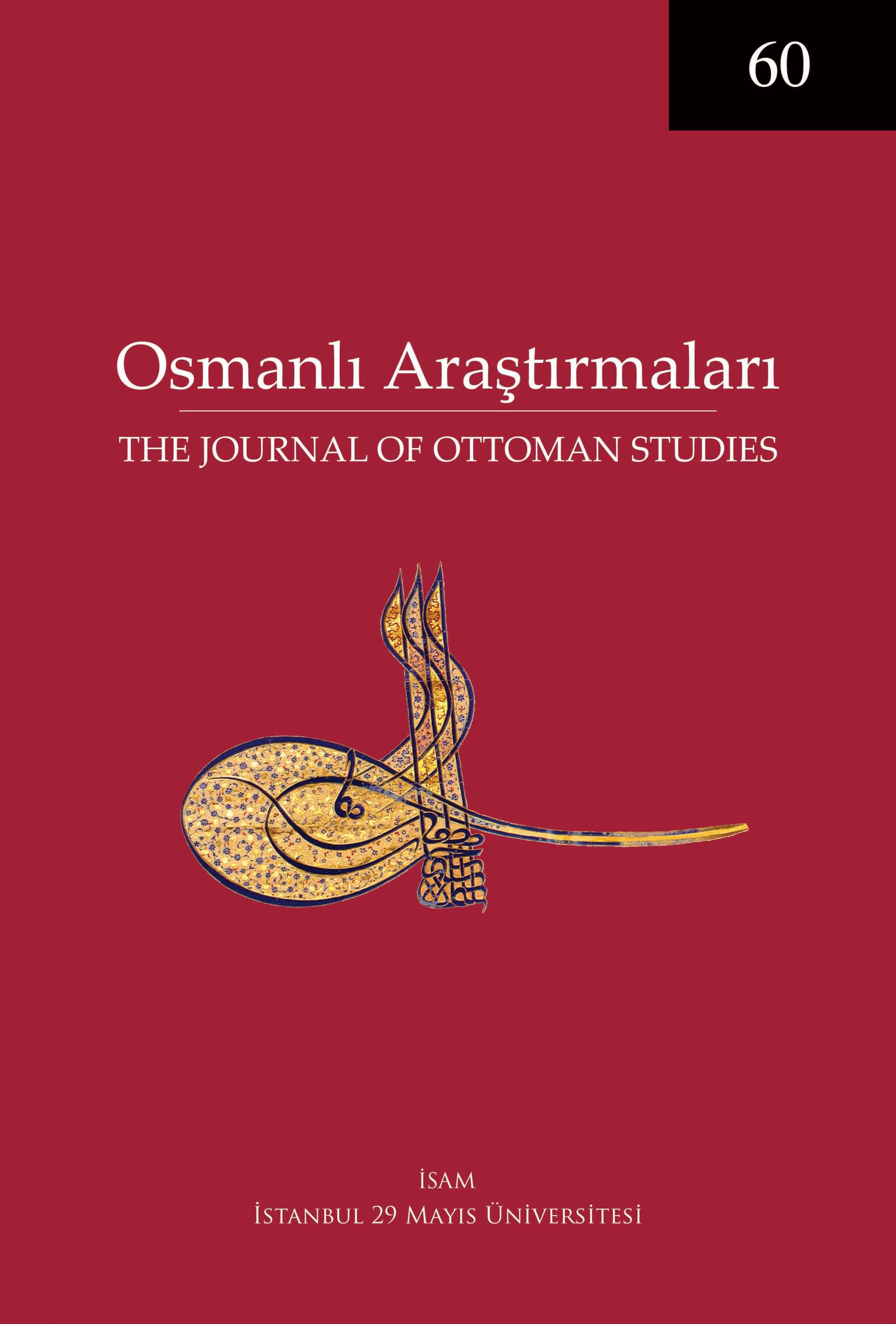Bosna’da Timar Sisteminin Sonu (18. Yüzyıldan 20. Yüzyıla)
Anahtar Kelimeler:
Bosna- Osmanlı İmparatorluğu- Tarımsal Dönüşüm- Arazi Mülkiyeti- Mülkiyet Hakları- Osmanlı Hukuku- TımarÖz
Tarihçiler uzun zamandır tımar sisteminin 16. yüzyılın sonundan itibaren dü-şüşte olduğunu ve yerini yeni bir sisteme, çiftlik sistemine bıraktığını düşünmüşlerdir. Ancak gerçek bilgi ve yeni kavramsal araçlar bu görüşü zayıflatmıştır. Kaynaklar çiftliklerin ortaya çıkışının ve yeni seçkinlerin daha 17. yüzyılda yükselmesinin henüz tımarların sonu anlamına gelmediğini; bazı illerde geç zamanlara kadar varlığını sür-dürdüğü bir gerçektir. Bu nedenle, şimdiye kadar timarların çöküşünü simgeleyen ve nihayetinde onlar için ölümcül olan rekabetçi bir tarihsel süreç olarak düşünülen timar-çiftlik ilişkisini yeniden düşünmek gerekir. Gerileme nosyonu sorgulandığında ya da en azından göreceli hâle getirildiğinde, çiftlik’in, paranın giderek daha fazla değer kaybetmesiyle toprak sahipliğini teşvik eden 18. yüzyılın mali çerçevesi içinde, maliyenin bir tamamlayıcı unsuru olarak ortaya çıktığını düşünebiliriz. Bu eğilimin, Osmanlı seçkinlerinin toprak mülkiyetiyle ilişkisi üzerinde geniş kapsamlı sonuçları oldu.




